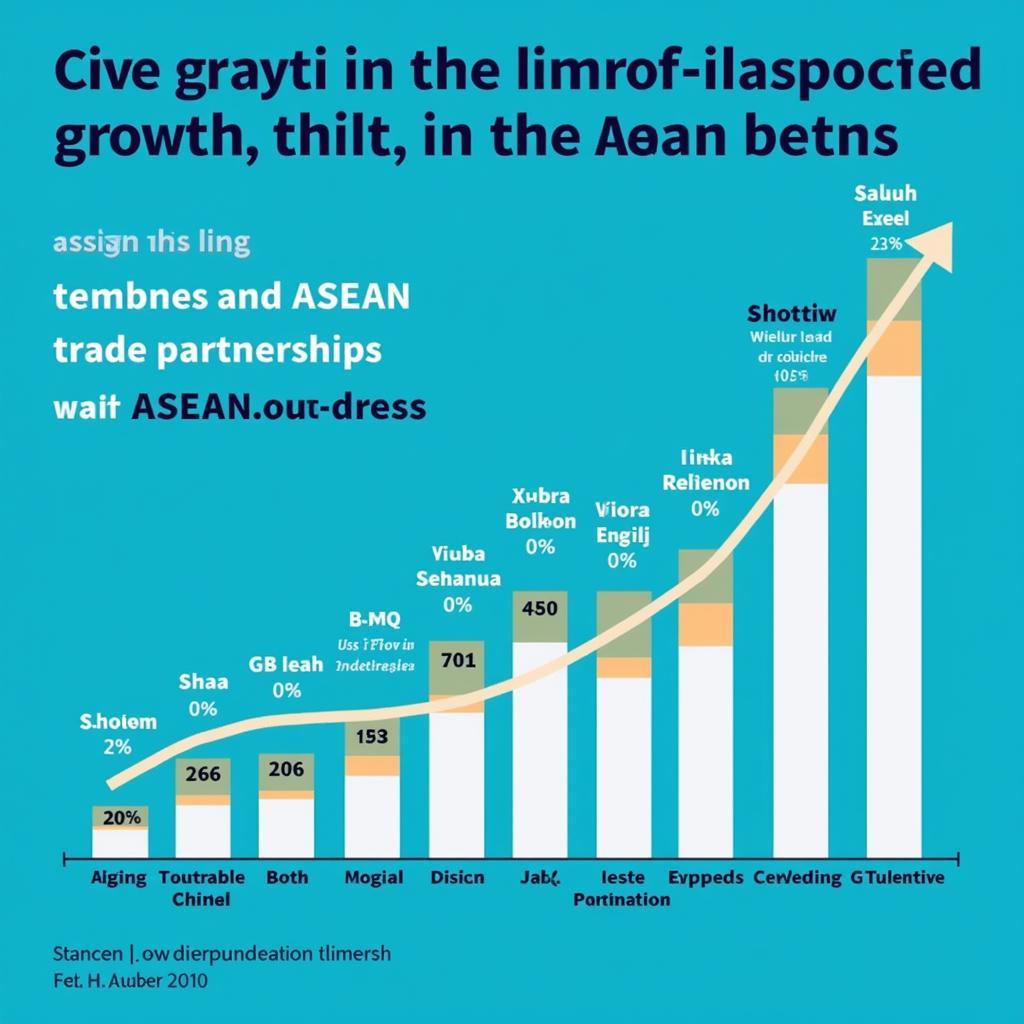ASEAN’s background history is a compelling narrative of resilience, cooperation, and growth. From its inception in 1967 amidst Cold War tensions, the Association of Southeast Asian Nations has evolved into a dynamic regional bloc, fostering economic development, promoting peace, and shaping a shared identity. This article delves into the key milestones and turning points that have defined ASEAN’s journey, offering a comprehensive understanding of its rich history and its significance in the global landscape.
The Genesis of ASEAN: Forging Unity in a Divided World
The 1960s were a turbulent period for Southeast Asia, marked by political instability, ideological clashes, and the looming threat of communism. Against this backdrop, five nations – Indonesia, Malaysia, the Philippines, Singapore, and Thailand – came together to establish ASEAN on August 8, 1967, with the signing of the Bangkok Declaration. This landmark agreement laid the foundation for regional cooperation, focusing on accelerating economic growth, social progress, and cultural development. The initial focus was on promoting peace and stability, recognizing the interconnectedness of the region’s security.
Expanding Horizons: The Inclusion of New Members
Over the decades, ASEAN expanded its membership, welcoming Brunei Darussalam in 1984, Vietnam in 1995, Laos and Myanmar in 1997, and Cambodia in 1999. This expansion broadened ASEAN’s reach and influence, encompassing the entire Southeast Asian region. The inclusion of these nations further diversified the organization, adding new perspectives and challenges to the collective agenda. This expansion reflects ASEAN’s commitment to inclusivity and its vision of a unified Southeast Asia.
ASEAN’s Economic Evolution: From Regional Cooperation to Economic Integration
ASEAN’s economic journey is a testament to its commitment to regional integration. The ASEAN Free Trade Area (AFTA), established in 1992, aimed to eliminate tariffs and non-tariff barriers among member states, creating a more dynamic and competitive regional market. The AFTA has significantly boosted intra-ASEAN trade and investment, driving economic growth and prosperity. Further initiatives, like the ASEAN Economic Community (AEC) blueprint, have deepened integration, fostering a single market and production base.
Navigating Challenges: ASEAN’s Response to Regional Crises
ASEAN’s history is not without its challenges. The Asian financial crisis of 1997-98 tested the bloc’s resilience, but it also demonstrated its ability to work together in times of adversity. ASEAN played a crucial role in coordinating regional responses to the crisis, mitigating its impact and fostering greater economic cooperation. The organization has also faced internal conflicts and political tensions, but its commitment to dialogue and consensus-building has helped to manage these challenges effectively.
“ASEAN’s strength lies in its ability to adapt and evolve in the face of adversity,” says Dr. Anya Sharma, a prominent Southeast Asian historian. “Its history is a testament to the power of regional cooperation in overcoming challenges and achieving shared goals.”
ASEAN Today: A Key Player on the Global Stage
ASE school Washington DC is a great example of how ASEAN promotes its image on the world stage. Today, ASEAN stands as a vital player in the global arena. Its strategic location, combined with its growing economic clout, has made it a focal point for international engagement. ASEAN maintains strong relationships with major powers and plays an active role in shaping regional and global dialogues. The organization is committed to promoting multilateralism and working with international partners to address global challenges such as climate change, pandemics, and sustainable development.
“ASEAN’s future hinges on its ability to continue fostering unity and cooperation amongst its diverse member states,” observes Professor Kenji Tanaka, a leading expert on ASEAN affairs. “Its success will depend on its ability to navigate the complexities of the 21st century and embrace innovation and inclusivity.”
Conclusion: ASEAN’s Background History – A Foundation for the Future
ASE emblem patch is a powerful symbol of its journey. ASEAN’s background history provides a valuable lens through which to understand its present and future trajectory. From its humble beginnings as a five-member organization, it has grown into a dynamic regional bloc, playing an increasingly important role in global affairs. ASEAN’s commitment to regional integration, economic development, and peaceful cooperation has transformed Southeast Asia, creating a more prosperous and interconnected region. The organization’s journey is a testament to the power of collective action and the enduring spirit of ASEAN.
FAQs:
- When was ASEAN founded? (Answer: August 8, 1967)
- How many member states are there in ASEAN? (Answer: Ten)
- What is the main goal of ASEAN? (Answer: To promote regional cooperation and integration in Southeast Asia)
- What are some of ASEAN’s key achievements? (Answer: The establishment of AFTA, the ASEAN Economic Community, and its role in maintaining regional peace and stability)
- What are some of the challenges facing ASEAN? (Answer: Managing internal conflicts, addressing economic disparities, and navigating geopolitical tensions)
- What is the significance of the Bangkok Declaration? (Answer: It marked the formal establishment of ASEAN.)
- What is the role of ASEAN in the international community? (Answer: It promotes multilateralism and engages with global partners on key issues like climate change and sustainable development.)
ASE insignia patches can be found in many places, highlighting the organization’s visibility.
ASE youth baseball tournaments are a great way to understand the cultural exchange within the ASEAN community.
Asean bistro centre park drive offers a taste of Southeast Asian cuisine. It’s a popular spot for those seeking to experience the diverse culinary traditions of the region.
For any further inquiries or assistance, please don’t hesitate to contact us:
Phone Number: 0369020373
Email: aseanmediadirectory@gmail.com
Address: Thon Ngoc Lien, Hiep Hoa, Bac Giang, Vietnam.
Our customer service team is available 24/7.
